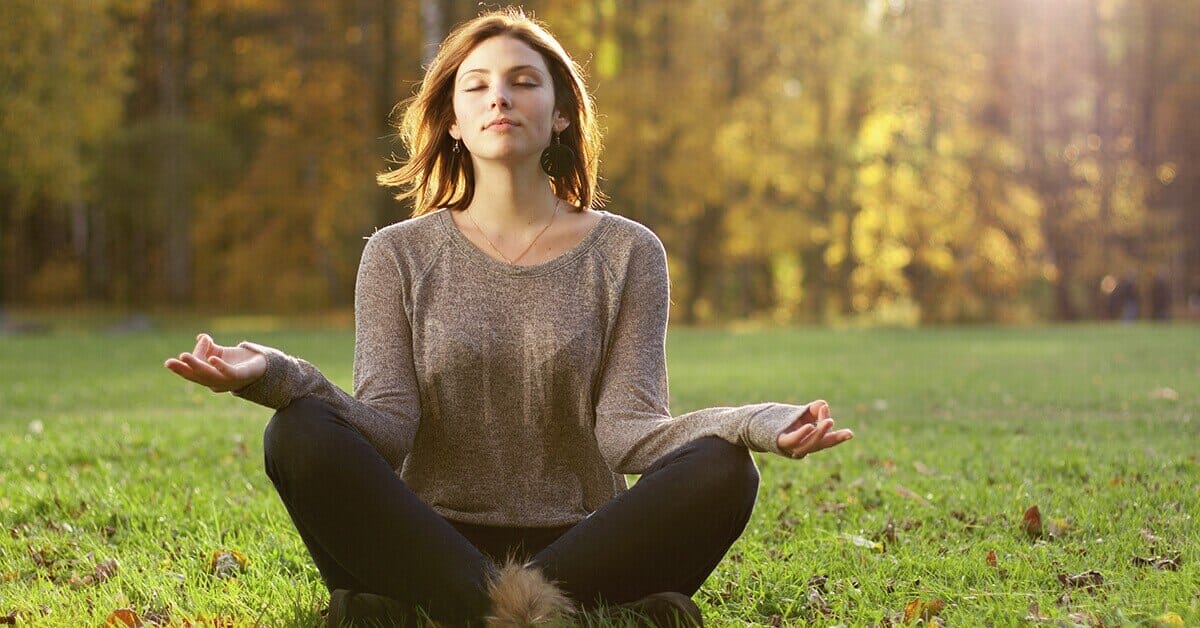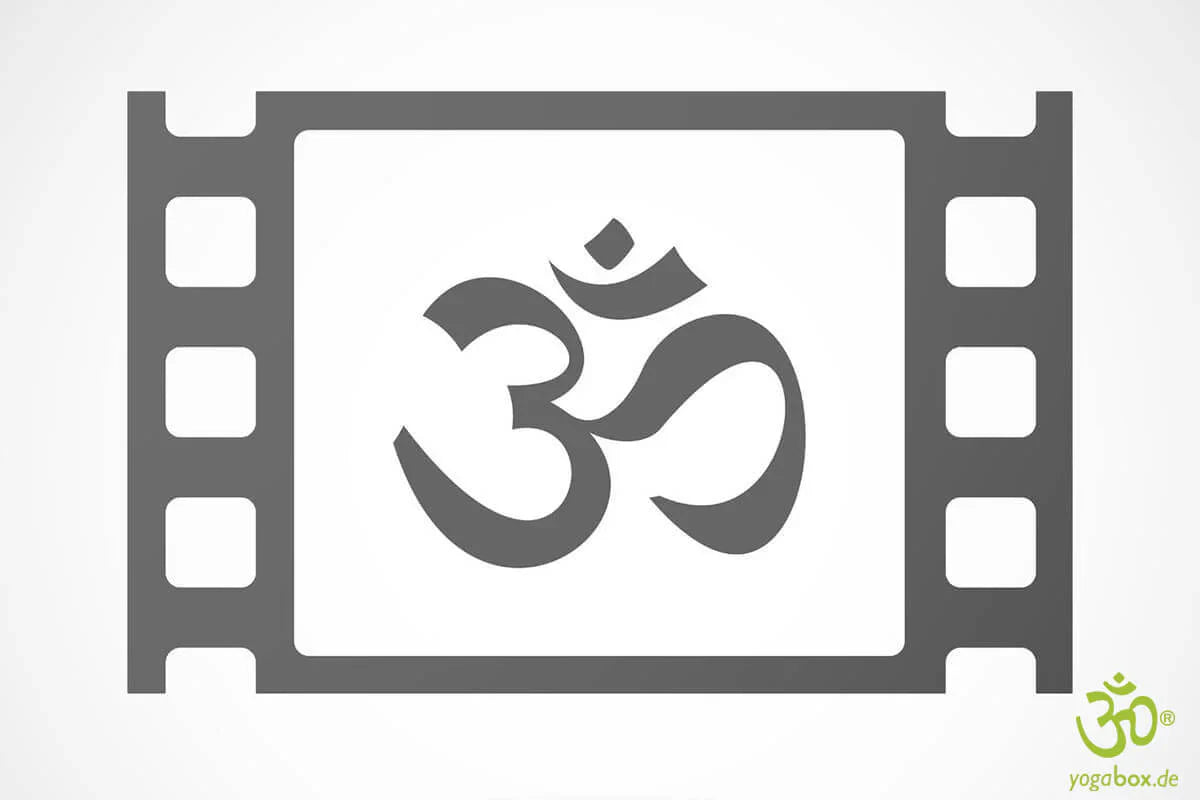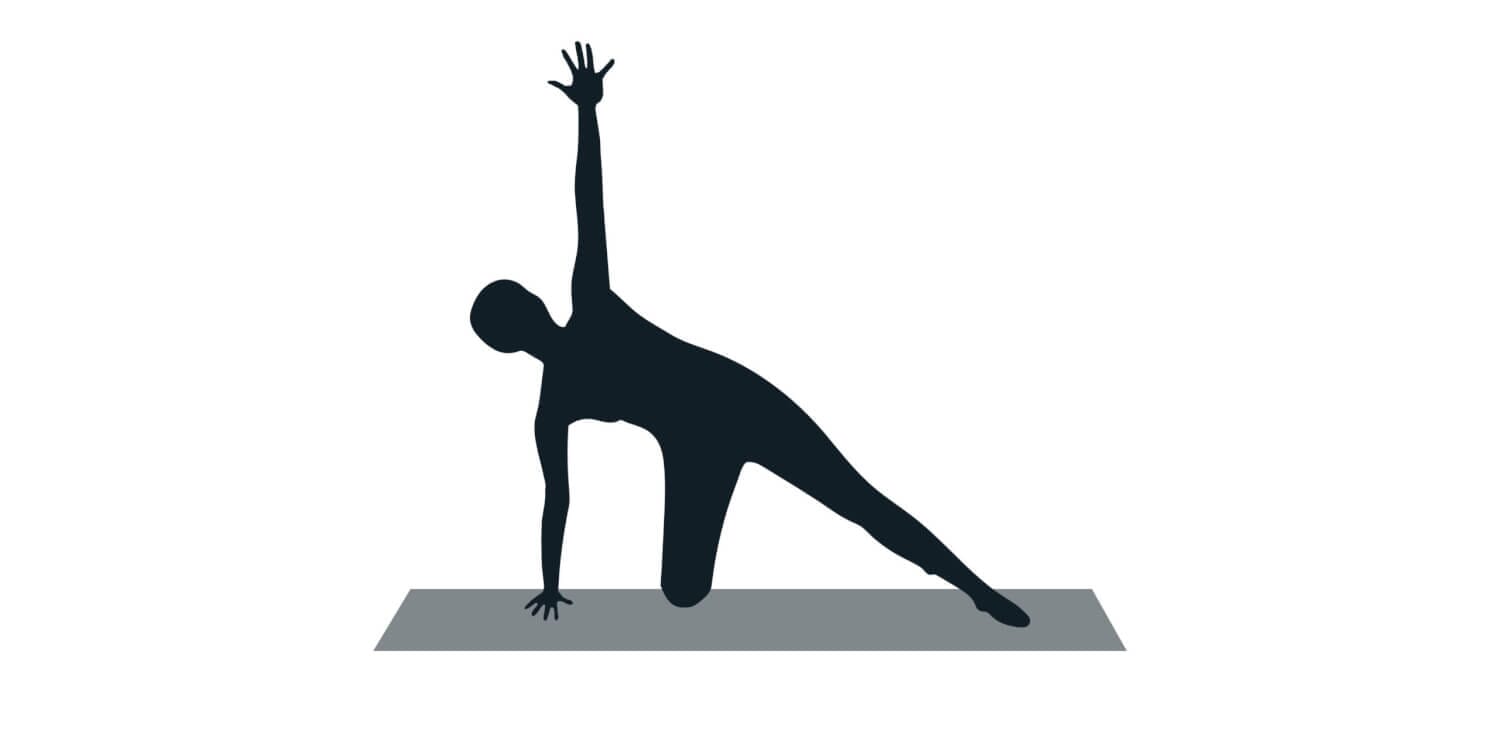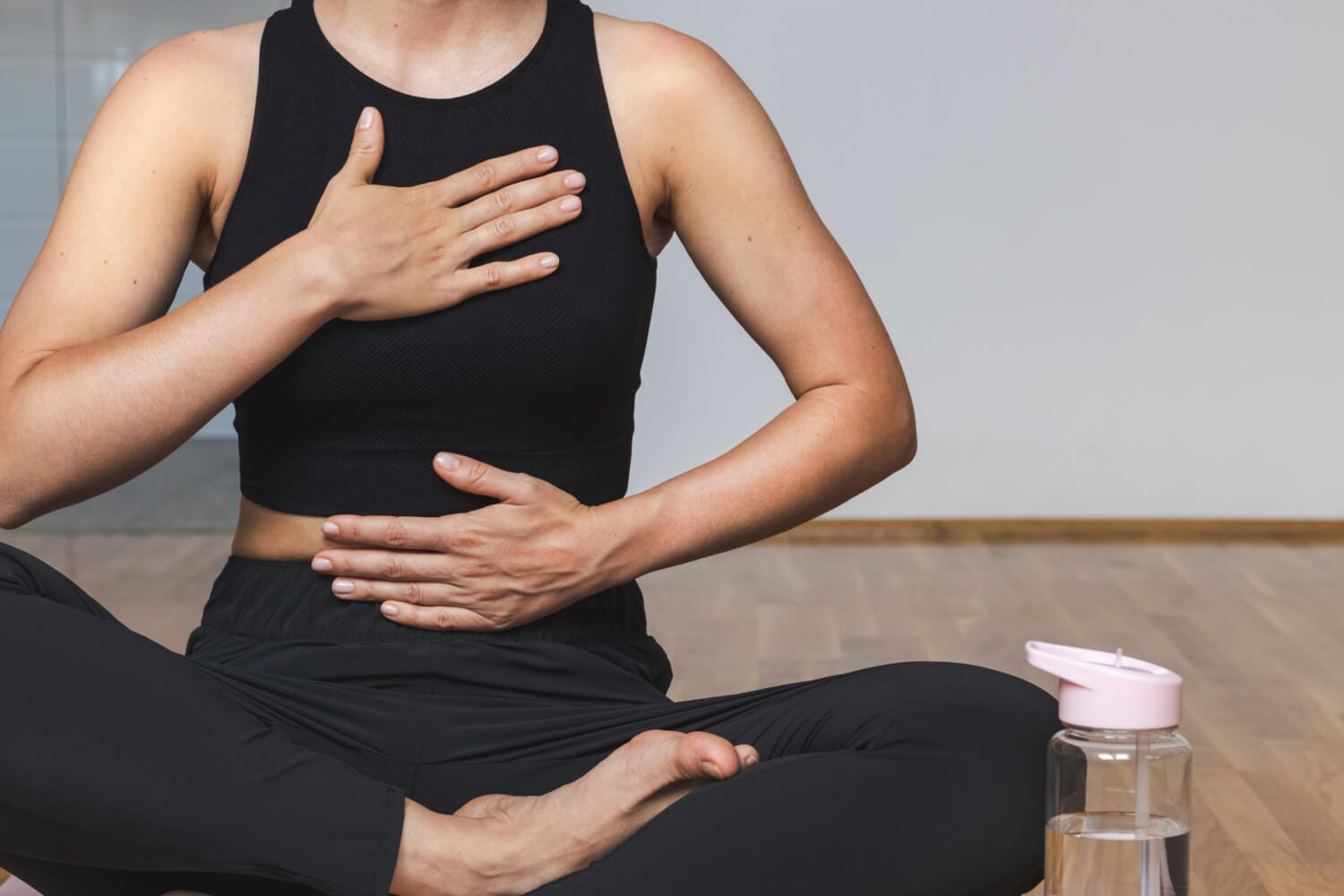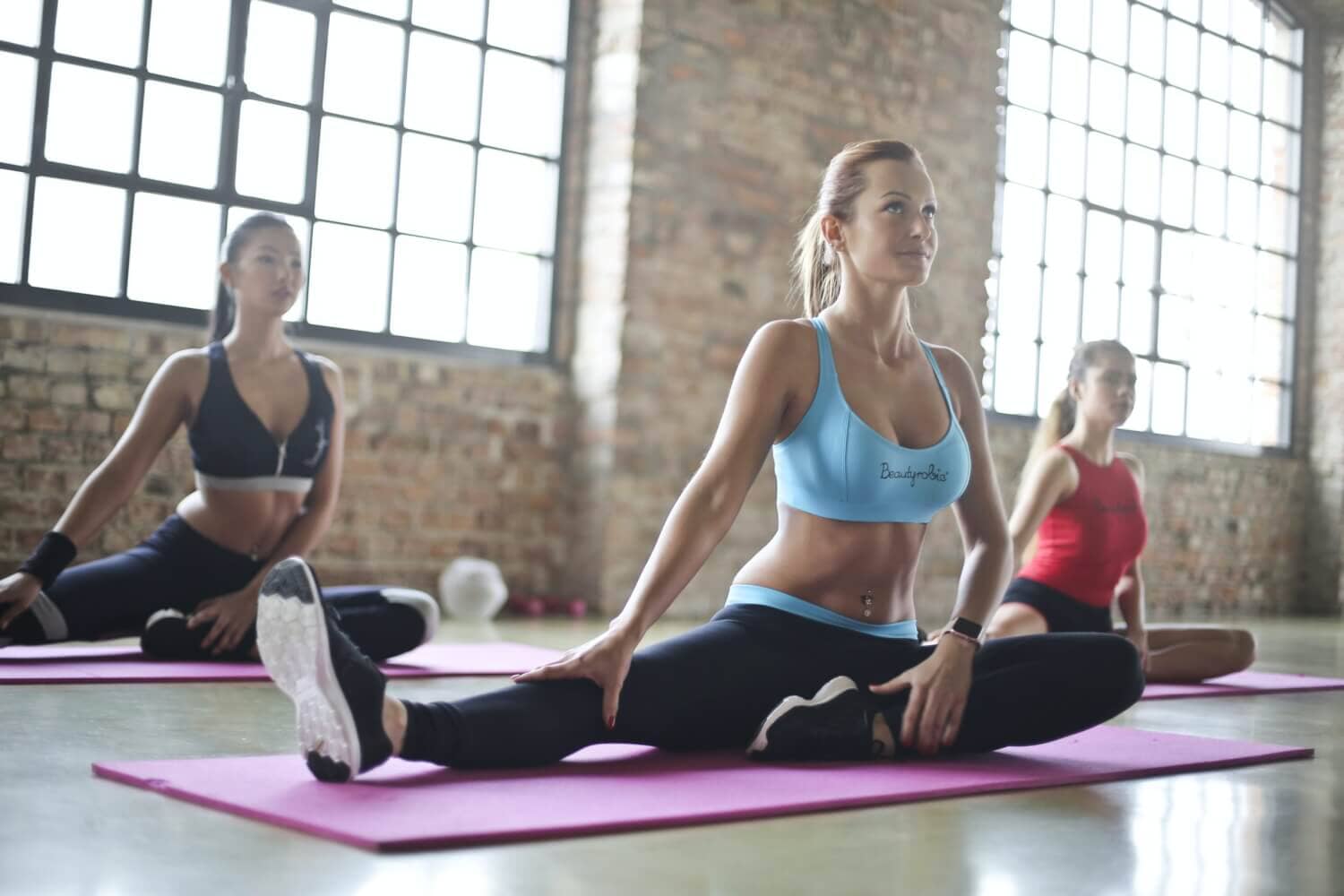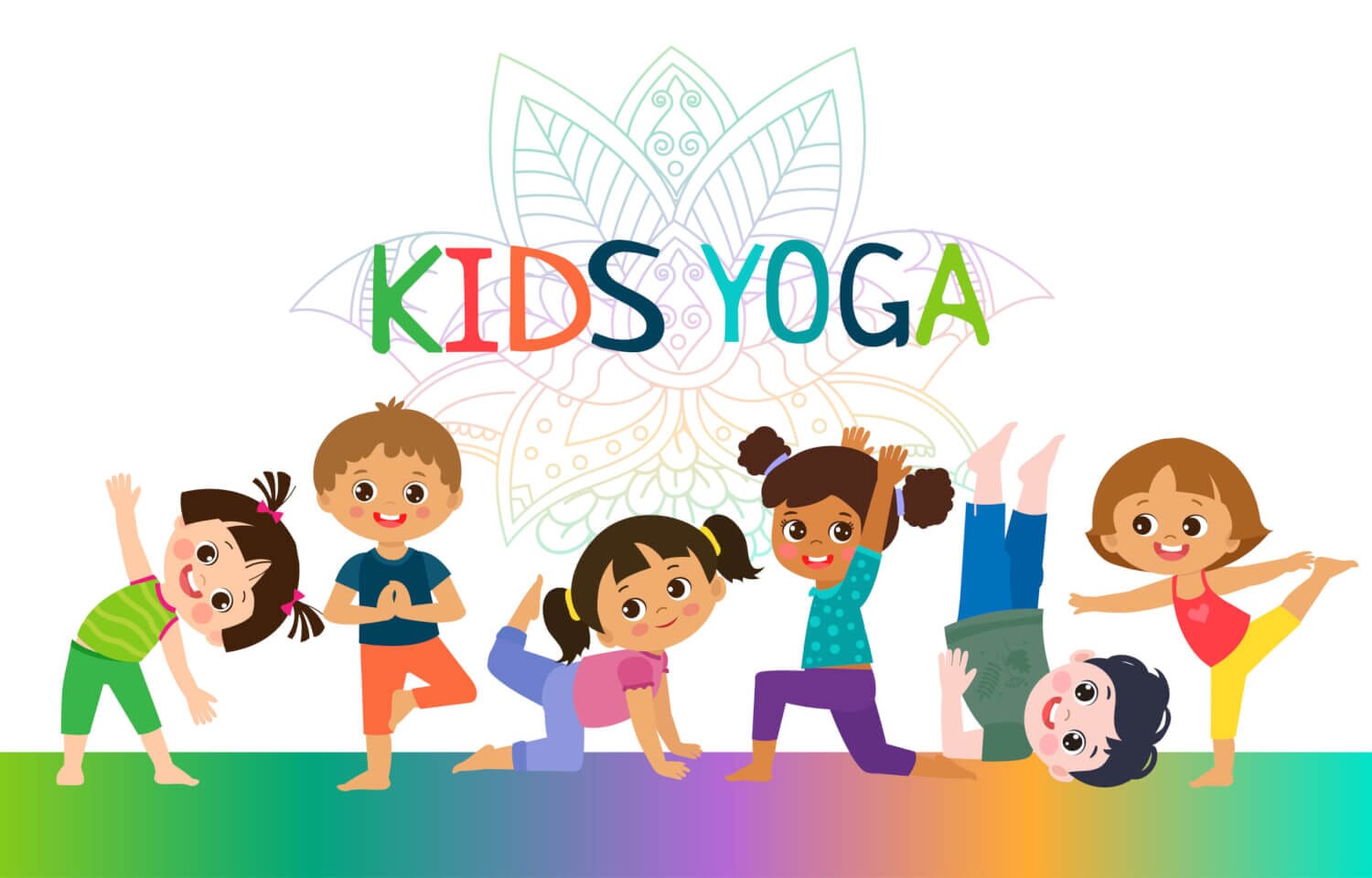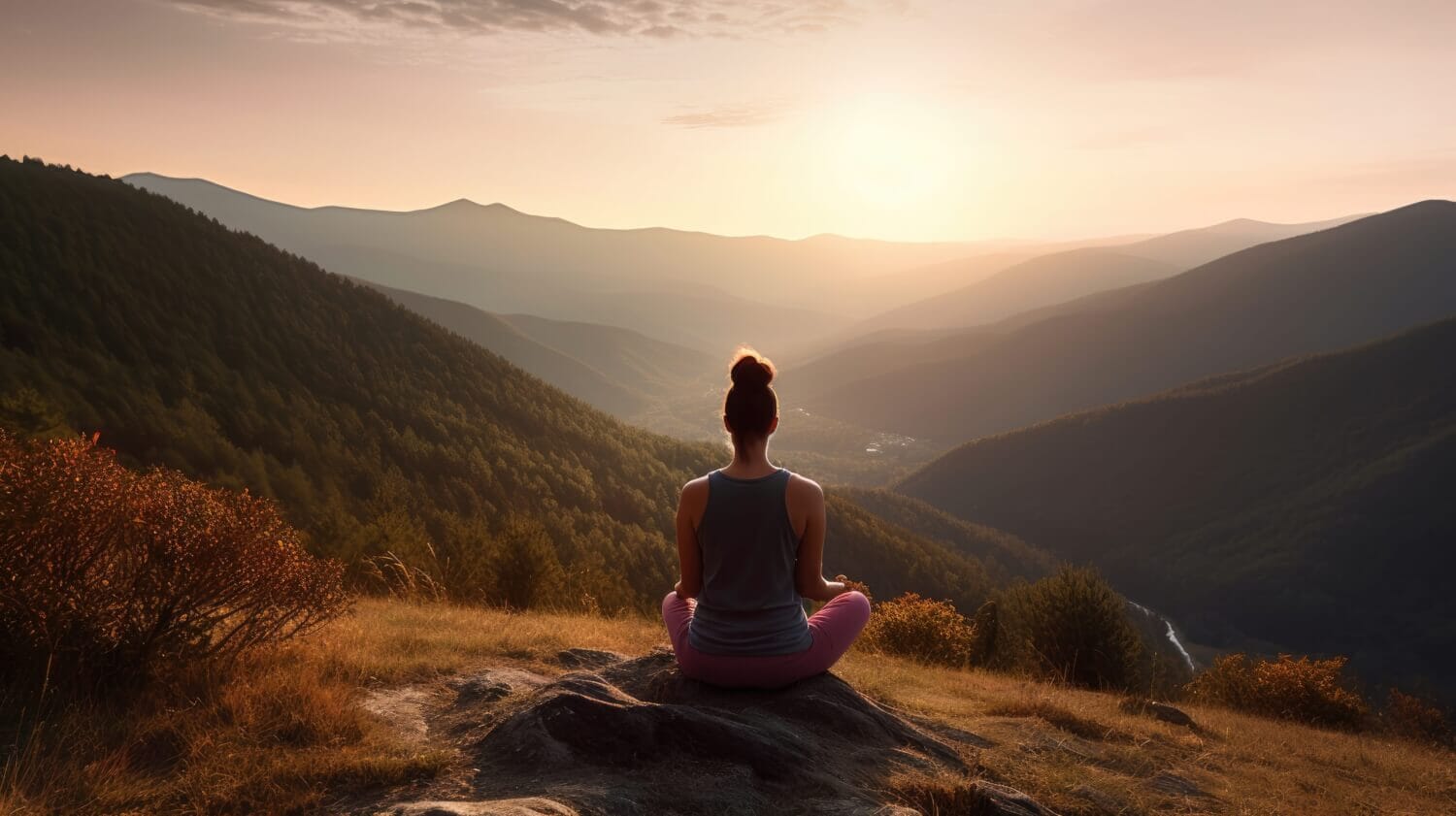The Benefits of Yoga for People with Arthritis
Yoga can provide support for a wide variety of physical ailments, including arthritis. If you suffer from this condition, you should read this article and get the best tips. It's generally important for those affected to get enough exercise. Mat exercises can provide the best possible support. You can find all the further information on this topic in this article.
Arthritis: What is it?
This term is an umbrella term for various joint diseases, usually caused by inflammation. All joints from head to toe can be affected, including the back, spine, fingers, jaw, legs, wrist, hip, or knee. The consequences are swelling, excessive heat, pain, or redness. Of course, the severity of the disease varies from person to person.
The causes are varied, but it's important to understand them, as this will determine the correct treatment for your body. These include:
post-infectious arthritis
rheumatic arthritis
infectious arthritis
Arthritis in metabolic disorders
How does it manifest itself?
There are various signs of painful joints:
The joints stiffen
Those affected are very stiff in the morning
The finger joints are swollen
People who suffer from it report increased fatigue and higher temperature
A brief excursion into rheumatism and arthrosis
Osteoarthritis refers exclusively to joint wear and tear (for example, in the hip, lower back, hand, knee, etc.), while rheumatism also encompasses a range of joint diseases. These include the synovial membrane, cartilage, nerves, muscles, tendons, etc. Therefore, rheumatism is not a separate disease but encompasses many different categories (including inflammatory rheumatism, degenerative rheumatism, etc.).
Yoga and arthritis: Why is it a good combination?
There's a study that shows that regular practice of gentle yoga exercises can provide relief. A team from Johns Hopkins University examined over 70 patients and divided them into different groups. Some of them performed simple exercises on the mat daily.
The results were outstanding: Those who regularly practiced healing yoga were able to significantly improve their quality of life. Pain also decreased significantly – the results were still present even several months after the experiment. Exercise can provide real relief for this type of condition, and daily yoga sessions can have a holistically positive effect on your health.
In addition to the physical benefits, correctly performed exercises with the help of a yoga instructor also have a psychological impact. This is very important, as stress, negative emotions, mind-wavering behavior, and other psychological problems can negatively impact overall health – tension can also be reduced and flexibility improved. In this context, it may be advisable to support the effects of yoga with daily meditation on a cushion .
What is important to note?
If you suffer from these rheumatic diseases and want to do something about them, you can learn more about yoga. As mentioned in the previous section, it is absolutely essential that you move your body regularly.
The benefit of yoga is that you not only move, but also focus on your inner self and your breathing. Yoga also helps you breathe deeply and focus on your breathing.
Regardless of the effects of daily yoga sessions, osteoarthritis patients should consider the following tips:
Before starting yoga sessions, talk to your doctor. They can better assess the condition of your body and the parts affected by arthritis.
The advice of a naturopath or your yoga teacher can also help you find the right yoga exercises and the right movements – depending on the symptoms and discomfort in the lower back, hip joint, knee joint, spine or other joints.
Once you've decided to practice, you should pay attention to how you feel daily and adjust your session as needed. You need to know your physical limits and adjust accordingly.
To begin with, it may be advisable to find a local yoga teacher or try online yoga. This way, you'll have daily support and can get professional answers to any questions you may have.
In addition to your daily yoga session, you should make sure you reduce stress and maintain a healthy, wholesome, plant-based diet. Getting omega-3 fatty acids and other nutrients is essential.
Don't forget to do breathing exercises. These bring you into the moment, and many sufferers report symptom relief.
If back pain or other symptoms occur, you need to adjust your exercises and talk to your doctor.
Which yoga exercises can support you?
There are a number of gentle asanas that can support you with precisely these rheumatic diseases and joint pains:
a) Vrikshasana – the tree
Here, you stand on both legs and lift one leg up. Raise both arms in the air to maintain balance. You can also hold your hands against your chest. Practice this exercise a few times; over time, you'll fall over less and less often. After you've done one side, stand on your other leg.
b) Adhomukha Shvanasana – downward dog
One of the most popular yoga poses is undoubtedly downward dog, which you can practice at any time. To do this, you get into a quadruped position and then raise your buttocks, stretching your back and arms. Important for the stretch: Your spine should be extended, your fingers should be spread wide, and the soles of your feet and hands should be resting on the mat. If you experience pain in your wrists, you should be careful and not stay in this pose for too long. The rest of your body should assume a triangle shape. If it's painful or your mobility is limited, take it slow.
c) Balasana – Child’s Pose
For relaxation and rejuvenation, you can try Child's Pose. It's also an excellent way to end your session or to rest between asanas. To do this, kneel on your mat and lean your upper body forward. You can place your arms either behind you or in front of you.
Important: Your elbows should be completely relaxed, your stomach should rest on your thighs, and your hips should rest on your feet. Your palms should face upward.
d) Setu Bandhasana – Bridge Pose
This pose is perfect for strengthening and benefiting your back. It also helps improve blood circulation and regulate your thyroid. This pose can also have a positive effect on your cardiovascular system.
For this pose, lie on your back and lift your hips, buttocks, and legs into the air. Your upper back, including your shoulders, neck, and head, remain on the floor, as do the soles of your feet. Stay in this position for a few moments.
Conclusion
Yoga can be helpful for various back, hip, knee, shoulder, finger, or hand problems. It's important to consult with your doctor and clarify any contraindications. This way, you can start your yoga practice almost today. It's also beneficial to find a teacher or online yoga class that is familiar with these problems. This way, you can ensure you receive the best possible care.
Do you recognize these symptoms and have you already applied the tips from this article?

